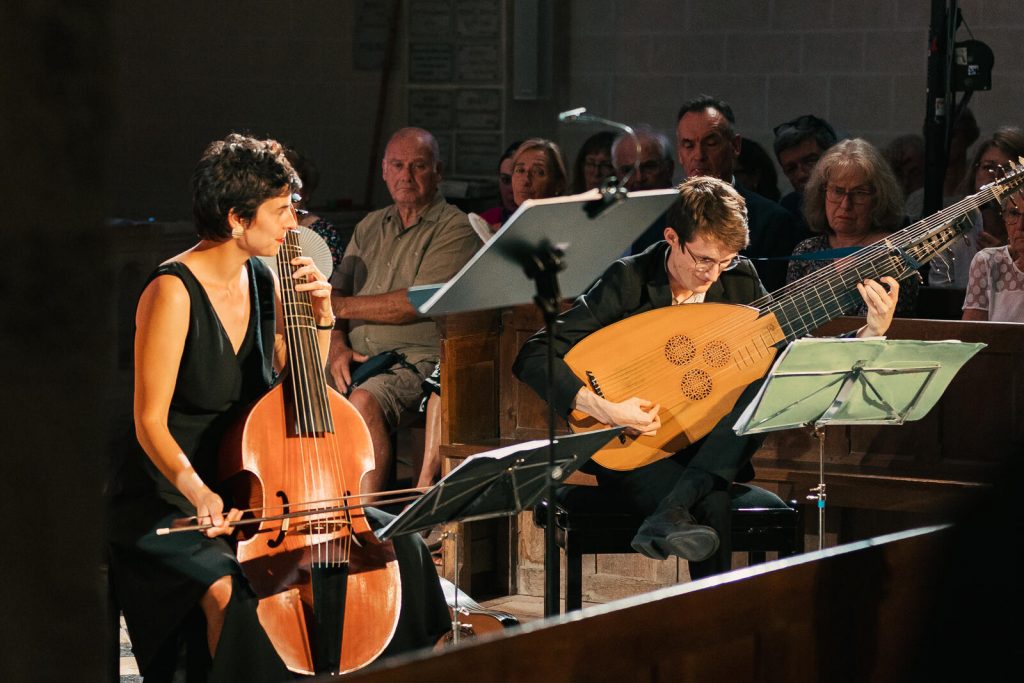Project Description
Folies Baroques
Eugénie Lefebvre : soprano
3 instrumentists
Mixing the words “madness” and “baroque” is almost a pleonasm ! Indeed, the word baroque comes from the Portuguese “barroco” which means ” irregular pearl”, and was then used for everything looking weird, strange, wild.
Baroque art, and particularly music, is actually all about wildness, surprise and passions. With this program, we board you in a trip around the baroque Europa to discover plenty musicals madnesses.
In England, the “madness tunes” are famous. In the XVIIth century in London, people used to visit psychiatric hospitals : high-society crowds went there to observe so- called “insane”. It remains to be seen if they were insane before or after coming to theses places, due to medical practices. Artists made caricatures of it, and so did the musicians Henry Purcell and John Eccles. They wrote madness tunes in which lovers lose their mind after love dramas.
In Italy, birth country of the opera, vocal pieces depict human and sacred passions, with pieces from the composer Tarquinio Merula, not a very commendable character, as much renowned for his music as his tendency to fight a duel.
In France, loving passions are translated in music, so much in court arias with sweet madness as in lyric tragedies, giving prominence to increased feelings and tragedian (Medea, Armide…)
In Germany, Georg-Friedrich Händel, European musician before his time, put the insane drama of Lucrèce Borgia to music. This one, after suffering the supreme affront, describe her madness and vengence desire through virtuoso arias before committing suicide.
In Spain, Madnesses are found in dance, tumbleweeded and incessant ones. The famous “Folies d’Espagne” but also Passacalle and Fandango.

